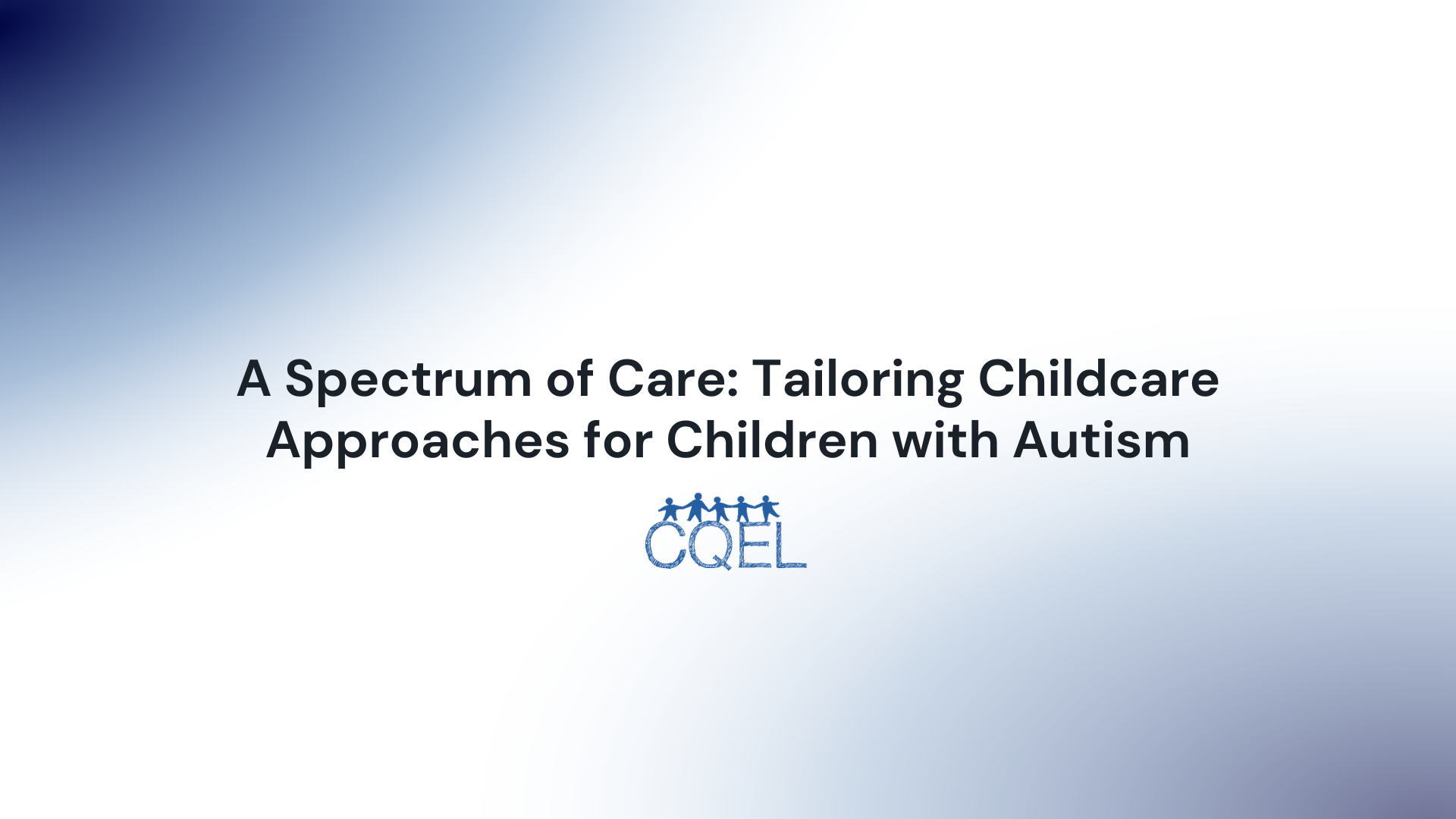A Spectrum of Care: Tailoring Childcare Approaches for Children with Autism
Regarding children with Autism Spectrum Disorder (ASD), this calls for tailored approaches and specific practices that cater to their unique needs.

As childcare providers, our goal is to create inclusive environments where every child feels safe, valued, and is provided with opportunities to grow. When it comes to children with Autism Spectrum Disorder (ASD), this calls for tailored approaches and specific practices that cater to their unique needs. Here, we delve into some of the best practices for childcare for children with autism in California.
1. Understanding Autism: Setting the Foundation
Before moving forward, it's crucial to understand what autism is. Autism is a neurodevelopmental disorder that impacts communication and behavior, with symptoms appearing in early childhood. Children with ASD often have difficulty with social interactions and display certain repetitive behaviors. The Autism Society of California offers many resources to better understand autism.
2. Training and Professional Development
Childcare providers must be well-versed in understanding and responding to the needs of children with autism. Seek out training opportunities that focus on working with children with ASD. Organizations such as The Autism Certification Center offer online courses and certifications.
3. Creating an Inclusive Environment
Children with autism may have sensory sensitivities. An autism-friendly environment might include quiet spaces for children to retreat to when feeling overwhelmed, a structured routine to provide predictability, and visual aids to support communication. Check out Autism Speaks' Toolkits for more information on creating an inclusive environment.
4. Individualized Attention and Care
Each child with autism is unique, with their own strengths and challenges. Childcare providers should work closely with families and any involved therapists to understand each child's specific needs and preferences. Tools such as the Individualized Education Program (IEP) can be beneficial. The California Department of Education offers resources on IEPs.
5. Promoting Social Skills
Children with autism often find social interactions challenging. Implementing social skills training in your curriculum can be beneficial. This can be done through role-play, social stories, and guided peer interactions.
6. Parental Engagement
Parents are your greatest allies. Regular communication allows parents to inform you of any changes at home that might affect the child's behavior. Additionally, consistency between home and childcare settings can provide a sense of safety and predictability for children with autism.
7. Continual Learning and Advocacy
Continuing education is vital. Stay updated on the latest research, strategies, and resources related to autism. Moreover, as a childcare provider, your role extends to advocating for children with autism, ensuring they have access to the services and inclusive opportunities they deserve.
By understanding and implementing these practices, we can create childcare environments that nurture the growth and development of children with autism, helping them to reach their fullest potential.
